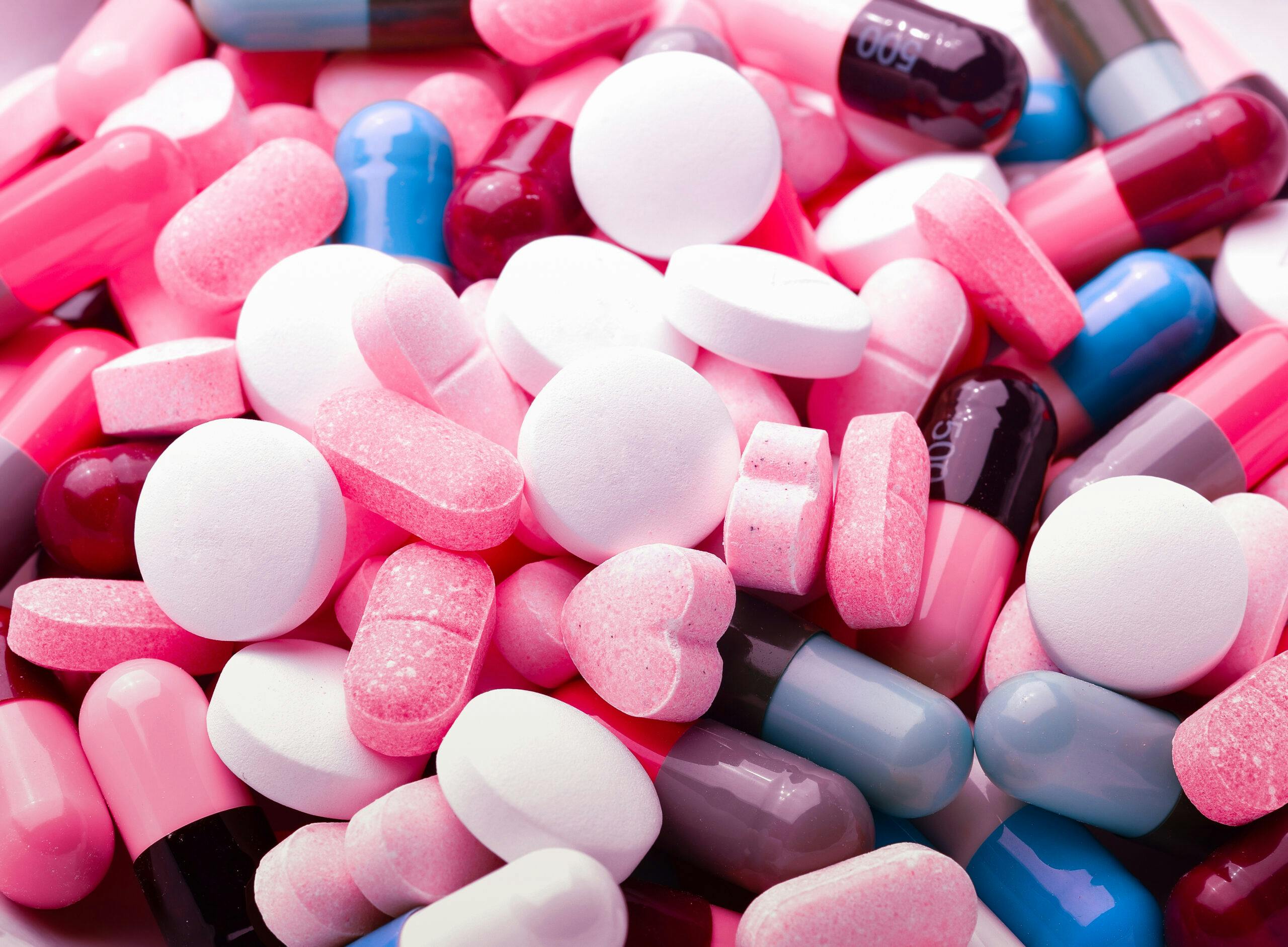MDMA (Ecstasy) Addiction: Helping People Get on the Road to Recovery
MDMA gained popularity as a recreational drug in the nightclub scene and at rave dance parties in the 1980’s. This is why you might also know it as a party drug.
But, this synthetic stimulant and hallucinogenic drug which is also commonly called Ecstasy or Molly can have be a substance that some people abuse.
This guide to MDMA abuse will help explain to you the issues and the treatment options available to help you or a loved one you know to overcome addiction and achieve recovery.

What Is MDMA?
MDMA is an abbreviation for methylenedioxy-methylamphetamine or the chemical name 3,4-methylenedioxy-methamphetamine.
MDMA is a synthetic drug that chemically similar to both stimulants and hallucinogens. According to the National Institute of Drug Abuse this means that MDMA users can experience feelings of pleasure, increased energy, emotional warmth, and distorted sensory and time perception.
What Is the Legal Status of MDMA in the United States?
MDMA has been considered an illegal drug since 1985 when it was added as a Schedule I substance under the Controlled Substances Act.
Schedule I drugs, substances, or chemicals are defined as drugs with no currently accepted medical use and a high potential for abuse.”
DEA Website retrieved 27 Oct 2022
Other examples of Schedule I substances and chemicals like MDMA are heroin and LSD.
MDMA vs Ecstasy vs Molly
Both Ecstasy and Molly are the street (slang) names of the drug, MDMA.
According to the DEA, Ecstasy can come in a tablet pill or powder form of MDMA with a variety of logos and colors.
Other street names users may use to refer to MDMA are:
- Adam
- Beans
- Biscuit
- B-bombs
- Clarity
- Disco
- Biscuit
- E
- Eve
- Go
- Hug Drug
- Lover’s Speed
- Peace
- STP
- X
- XTC
Researchers have seen different concentration levels of MDMA and other chemicals in ecstasy tablets. This means ecstasy tablets cannot be consider 100% pure MDMA.
How is MDMA Used?
MDMA and ecstasy users normally take it orally by swallowing it in a tablet or pill form. Molly comes is swallowed as a gel capsule.
Ecstasy and molly can also be snorted in a powder form.
Rarely do users smoke MDMA.
MDMA (Ecstasy) Addiction Statistics
If you are wondering how many people, what ages or which demographics are affected by MDMA substance abuse here are some facts.
According to the 2020 National Survey on Drug Use and Health Among people aged 12 or older in 2020, 0.9% (or about 2.6 million people) reported using MDMA (Ecstasy) in the past 12 months.
According to the 2021 Monitoring the Future Survey in 2021, an estimated 0.6% of 8th graders, 0.7% of 10th graders, and 1.1% of 12th graders reported using MDMA in the past 12 months.
What Are the Warning Signs of an Ecstasy (MDMA) Addiction?
Since MDMA acts as both a stimulant and hallucinogen you will see a variety of warning signs that someone is abusing MDMA.
Some of the ways that you might be able to tell if a friend or loved one is using MDMA or ecstasy is if they exhibit some of the following signs.
1. Physical Changes With MDMA Use
- Increased blood pressure
- Increased heart rate
- Heightened sexual arousal
- Having dilated pupils
- Experiencing nausea
- Feeling dehydrated
- Elevated body temperature
- Complaining of blurred vision
- Clenching their teeth
2. Behavior Changes With MDMA Use
- Experiencing heightened pleasure from any touch
- Feeling overly loving and empathic toward others
- Moving with irregular high levels of energy
- Having irregular sleeping patterns
- Staying awake for long periods of time
Healthcare professionals will use the criteria in the Diagnostic and Statistical Manual of Mental Disorders, 5th edition (DSM 5) to help them both identify and diagnose a substance use disorder, like an MDMA use disorder.
How to Treat An Ecstasy Addiction?
As with most substances that people can get addicted to and misuse there are four mains treatment steps to help recover from a MDMA addiction:
Step 1 – Start a detox from MDMA at a professional rehab center
Step 2 – Get inpatient or residential care for MDMA abuse
Step 3 – Get outpatient care for MDMA abuse
Step 4 – Maintain aftercare for MDMA abuse
The type of behavioral therapies used during rehab and the recovery treatment plan is personalized to each persons needs.
How Zinnia Health Can Help
A MDMA or ecstasy use disorder are very personal conditions that require a personalized solution.
If you want to help a family member or are ready to seek treatment for your own MDMA addiction, call Zinnia Health at (855) 430-9439 to start your journey to regain control of your life.
Related Articles

